Rajasthani Legends
Mandore Gardens Jodhpur Rajasthan
Mother Masala Tours
A Forgotten Dynasty
Mandore Gardens Jodhpur Rajasthan. A stunning complex that celebrates the rich history and culture of the region. The origins of this intriqing Garden dates back to the 6th century, when it served as the capital of the Rathore Dynasty before Rao Jodha established Jodhpur in 1459. The gardens are named after Mandore, which is believed to be derived from the local deity, Mandodari, the wife of Ravana from the epic Ramayana. As we immerse in the gardens and the toppled ruins, we will uncover stories of the heroes and rulers who came to life here. One notable figure is Rao Maldeo, a prominent Maharaja of the Rathore clan, who reigned in the 16th century and made significant contributions to the garden's development.
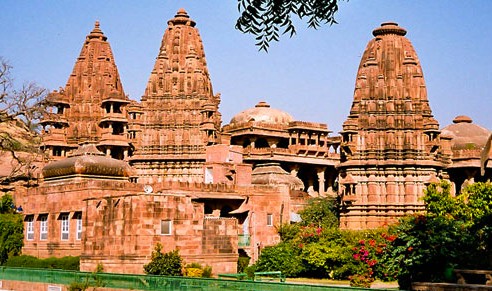
Mandore Gardens Jodhpur Rajasthan: The Mystical Cenotaphs
Rao Maldeo constructed the grand Chhatris - cenotaphs, as memorials to his ancestors, including his formidable father, Maharaja Jaswant Singh. The gardens feature various cenotaphs, temples, and memorials, each adorned with intricate carvings that tell stories of bravery and sacrifice. These structures, often built from yellow sandstone, were designed to honor the rich heritage of Marwar. Over the centuries, Mandore became a place for both mourning and celebration, capturing the essence of the region's royal legacy. Today, the garden covers ample space, featuring beautifully landscaped lawns, towering trees, and peaceful spots that remind us of this place's historical depth.
Mandore Gardens Jodhpur Rajasthan: Timeless Artifacts
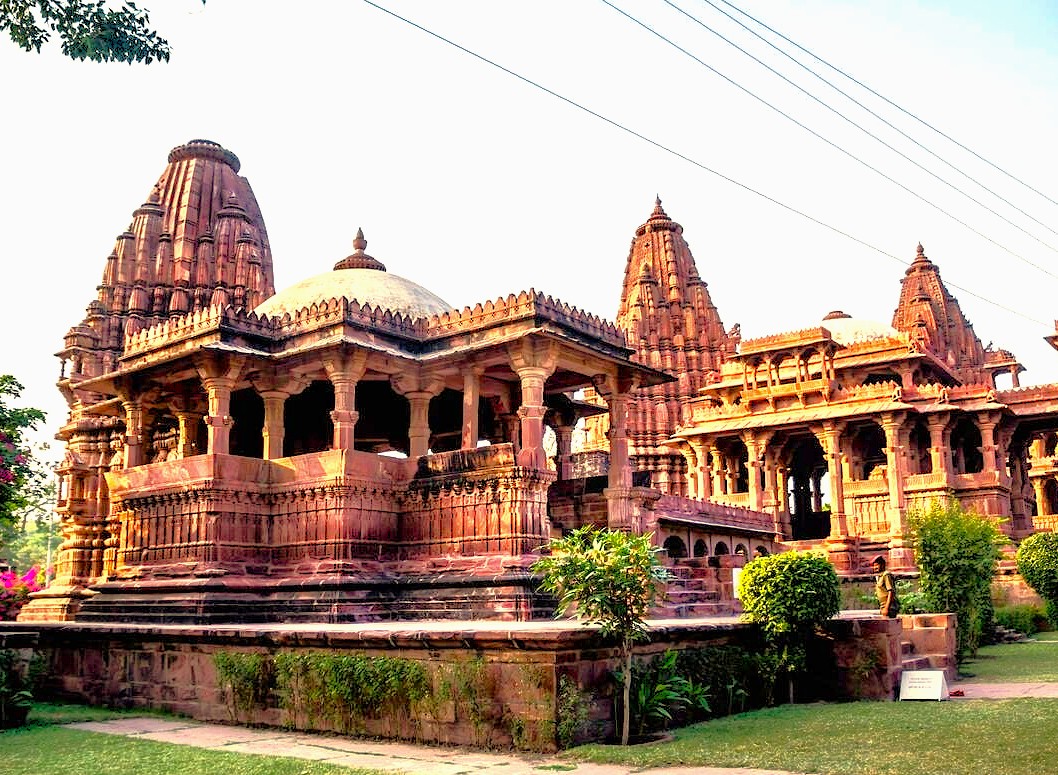
Home to a variety of artifacts and sacred sites that reflect Jodhpur's storied past. Among the most striking features are the Chhatris, intricately carved cenotaphs that commemorate the kings and queens of the Rathore Dynasty. Each structure is distinct, revealing exceptional craftsmanship that reveals much about the artistry of the period. For instance, the Chhatri of Maharaja Ajit Singh, constructed in 1793, features floral motifs and delicate carvings. Home to a variety of artifacts and sacred sites that reflect Jodhpur's storied past.
Ancient Mosaics: Impeccable Craftsmanship
Mandore Gardens Jodhpur Rajasthan. The craftsmanship visible throughout Mandore exemplifies the artistic skill of its creators. Each cenotaph allows us to appreciate the intricate detailing carved from local sandstone. The finesse in the artistry includes fine floral patterns, intricate lattice work, and depictions of various deities and mythological figures that transport us back to the time of its construction. For instance, the Chhatri of Maharaja Jaswant Singh, built in the early 18th century - exquisite artistry with its elaborate jali work - lattice screens, that light filters through while protecting the surrounding spaces. Craftsmen from that era were trade masters, and their techniques have been passed through the generations.
The Pulse of the Local Community
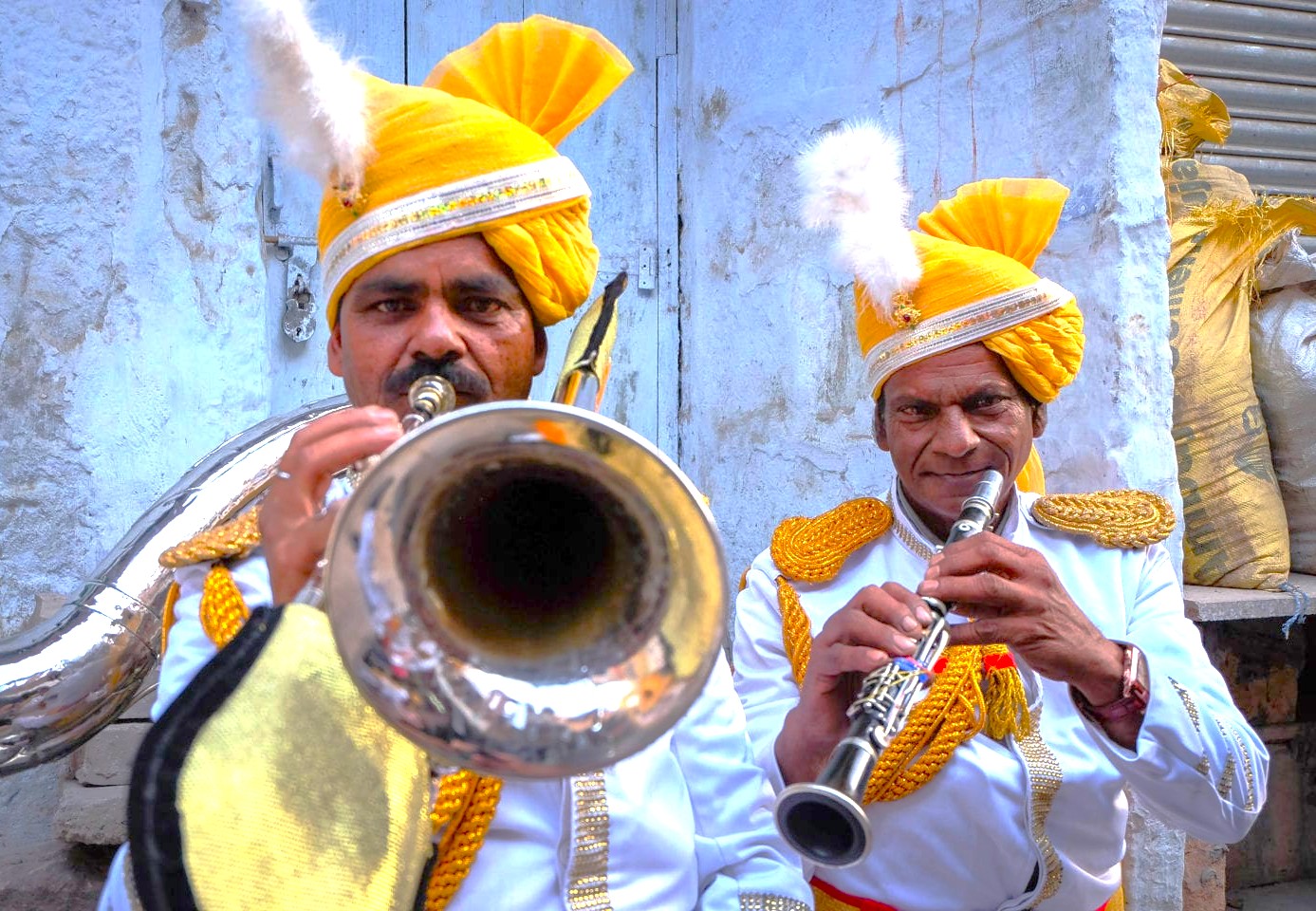
The atmosphere around the Garden reflects the warm and hospitable nature of the local community. Residents take pride in their heritage and are welcoming to anyone exploring the gardens' beauty. This deep-rooted connection to the history of their ancestors fosters a sense of belonging among the locals, making the area feel like a shared home for all. Their welcoming spirit extends to delicious local cuisine. The vibrant local markets, adjacent the garden, further highlight the community's culinary heritage, showcasing traditional recipes and local produce.
Festivals of Devotion: Honouring the Sacred and the Divine
Mandore Gardens Jodhpur Rajasthan. Home to a variety of artifacts and sacred sites that reflect Jodhpur's storied past. Among the most striking features are the Chhatris, intricately carved cenotaphs that commemorate the kings and queens of the Rathore Dynasty. Each structure is distinct, revealing exceptional craftsmanship that reveals much about the artistry of the period. For instance, the Chhatri of Maharaja Ajit Singh, constructed in 1793, features floral motifs and delicate carvings. One event is Makar Sankranti, celebrated in January, when locals gather to honor the sun god.
The Connection with the Gods
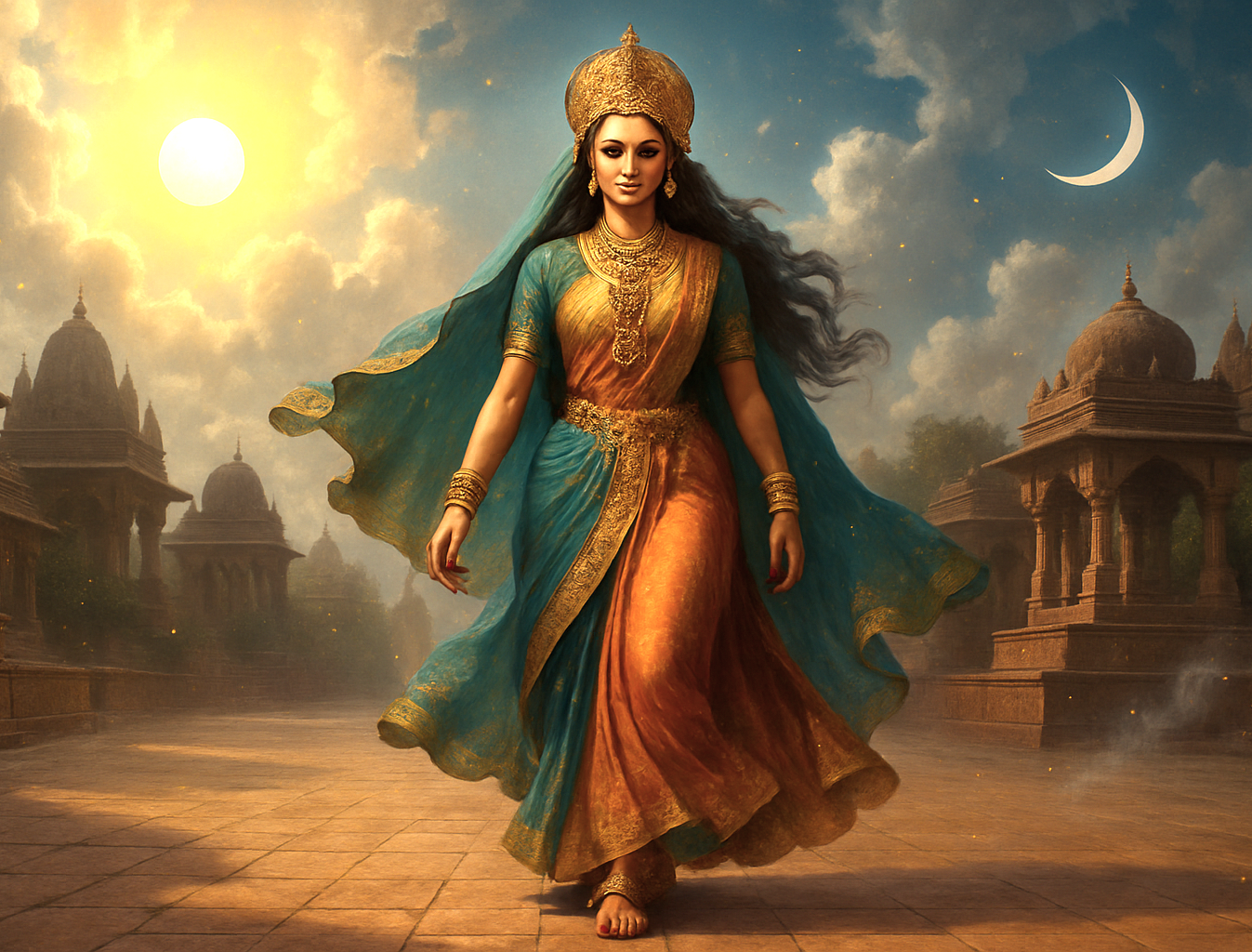
Various shrines embody a deep spiritual connection to several deities revered in the region. One of the most notable figures is Chamunda Mata, a fierce form of Goddess Durga, who is worshiped for her protective qualities. Devotees believe that offering prayers at her temple will invoke strength and security for themselves and their families. Her ancient blessings are sought by all. Another important deity is Shiva, whose powerful presence is felt in the spiritual rites and vibrant festivals that take place throughout the year. These celebrations unite the community, fostering deep faith and a sense of shared purpose.
Resilience and Renewal: Overcoming Adversity’s Challenges
Much like the region it resides in, has historically shown resilience in the face of adversity. One significant event was the catastrophic flood of 1940 when heavy rains devastated parts of Jodhpur, including the gardens. The fort's surrounding areas suffered considerable damage, but through collective community efforts, restoration was implemented, demonstrating strength and unity. Leaders from various backgrounds rallied to ensure the preservation of this historic site, emphasizing its importance to their heritage.
Capturing the Magic: A Photographic Haven
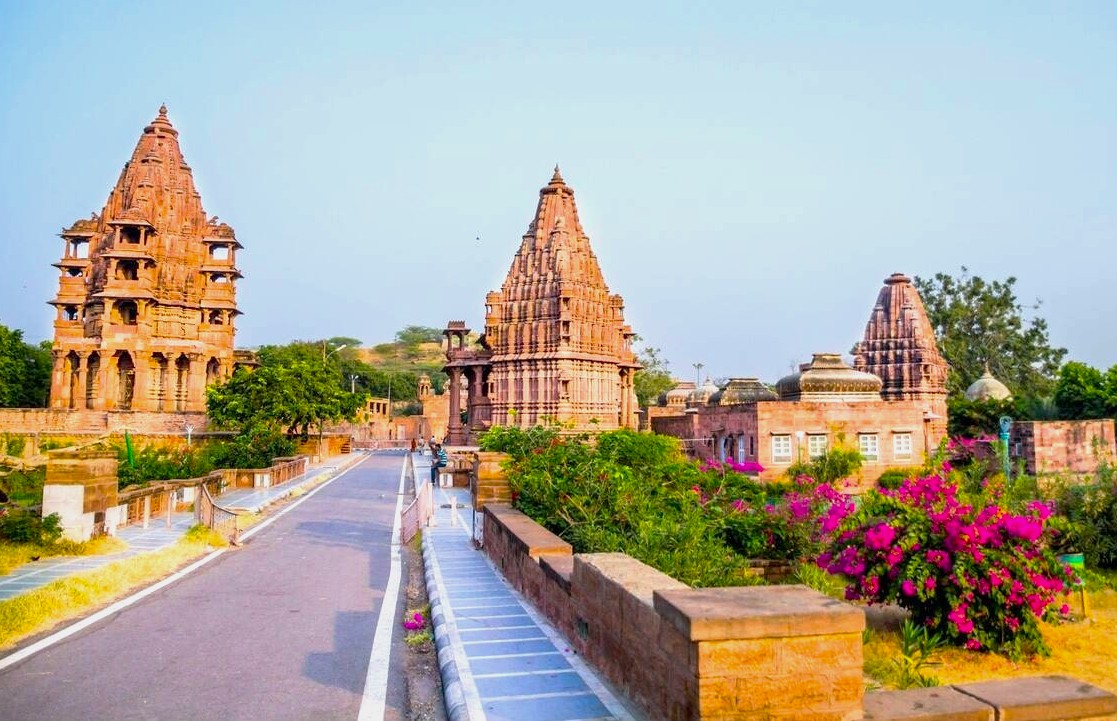
Mandore Gardens Jodhpur Rajasthan. The Garden offers countless opportunities for photography enthusiasts. The stunning architecture of the cenotaphs combined with the natural beauty of the landscaped gardens creates a captivating backdrop. Each angle provides a chance to highlight the intricate details of the stonework against the peaceful surroundings. Whether you are a professional or simply love taking pictures, we find endless inspiration in this setting. The play of light and shadow changes, offering unique moods to capture. Every visit brings fresh perspectives.
Serendipitous Meetings: Beyond the Main Path
Mandore Gardens Jodhpur Rajasthan. Home to a variety of artifacts and sacred sites that reflect Jodhpur's storied past. Among the most striking features are the Chhatris, intricately carved cenotaphs that commemorate the kings and queens of the Rathore Dynasty. Each structure is distinct, revealing exceptional craftsmanship that reveals much about the artistry of the period. For instance, the Chhatri of Maharaja Ajit Singh, constructed in 1793, features floral motifs and delicate carvings. Walking through the paths of Garden, we encounter delightful surprises that enhance our experience. Tucked away in corners are small artisan stalls where local craftsmen display traditional handicrafts, such as pottery and textiles. Observing artisans at work provides a glimpse into their skill and dedication, truly celebrating the craftsmanship that has defined this region for generations.
Ancient Technologies: Sacred Sound, Geometry & Astrological Influences
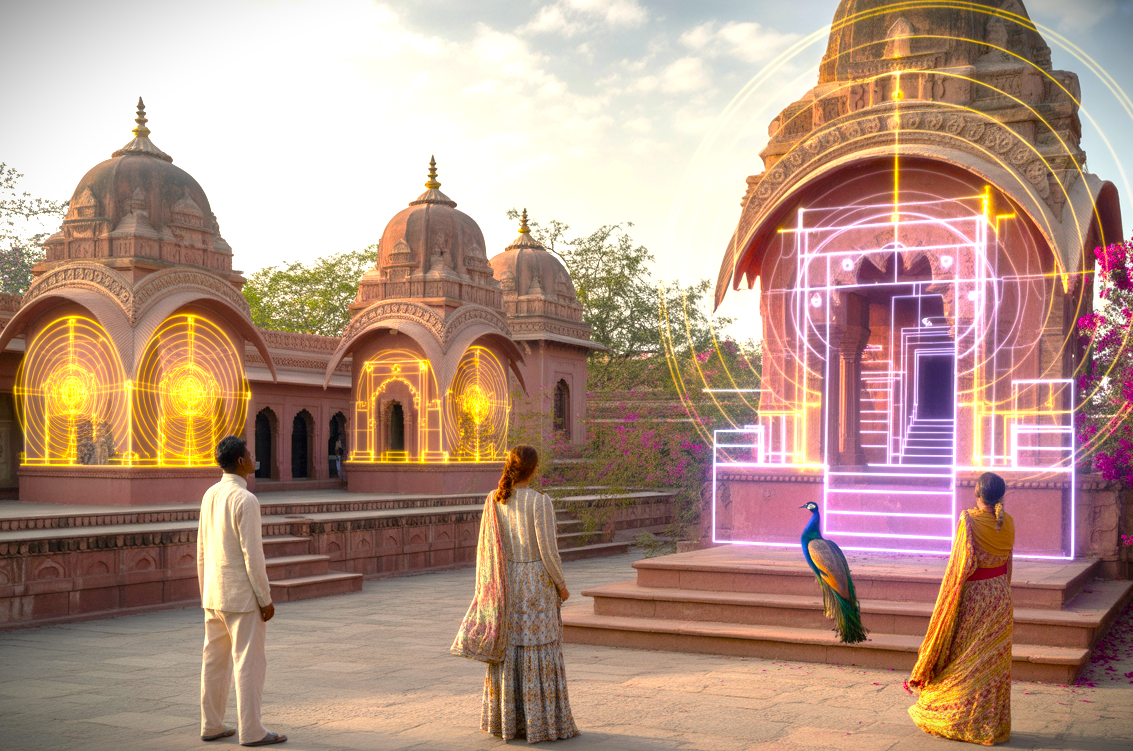
Many of the structures, including the cenotaphs, reflect principles of Vastu Shastra, the traditional system of Indian architecture that harmonizes human dwellings and celestial energy. The layout and design encourage positive energy flow, creating a peaceful environment within the garden. The materials used for construction, primarily local sandstone, enhance the acoustic properties of the space. This fosters a tranquil setting. Incorporating Solfeggio frequencies such as 528 Hz, often termed the “Love Frequency,” further imbues the area with healing vibrations.
Urban Legends: Strange Sightings, Myths and Mysteries
Mandore Gardens Jodhpur Rajasthan. Home to a variety of artifacts and sacred sites that reflect Jodhpur's storied past. Among the most striking features are the Chhatris, intricately carved cenotaphs that commemorate the kings and queens of the Rathore Dynasty. Each structure is distinct, revealing exceptional craftsmanship that reveals much about the artistry of the period. For instance, the Chhatri of Maharaja Ajit Singh, constructed in 1793, features floral motifs and delicate carvings. Legends add an intriguing layer to its history. One tale speaks of the spirit of Maharani Jagat Shakti, who reportedly wanders the gardens seeking justice for wrongs done during her reign. Locals share stories of encountering her ethereal presence during twilight, which adds a sense of mystique to the gardens. Another legend involves the hidden treasures supposedly buried within the garden grounds, linked to the Rathore kings. It is said that during times of conflict, royal treasures were concealed to protect them, leaving behind a legacy of intrigue that continues to capture the imagination of those who hear the tales.
Life's Too Short for Someday - Come With Us

As we delve into Mandore Garden, we invite you to join us in discovering the profound history and culture that define this beautiful site. We will walk through the beautifully landscaped grounds, immersing ourselves in the stories of the past. Savor the delicious local cuisine that reflects the region's traditions, a true delight. We can appreciate the stunning craftsmanship of the cenotaphs and the serene atmosphere that makes this place special. This journey offers a unique blend of heritage, nature, and flavor, promising an unforgettable experience for all. Discovering its charm will enrich your soul.
Symphony of Generosity: Offerings from Wanderers to Residents
Mandore Gardens Jodhpur Rajasthan. Home to a variety of artifacts and sacred sites that reflect Jodhpur's storied past. Among the most striking features are the Chhatris, intricately carved cenotaphs that commemorate the kings and queens of the Rathore Dynasty. Each structure is distinct, revealing exceptional craftsmanship that reveals much about the artistry of the period. For instance, the Chhatri of Maharaja Ajit Singh, constructed in 1793, features floral motifs and delicate carvings. Home to a variety of artifacts and sacred sites that reflect Jodhpur's storied past.